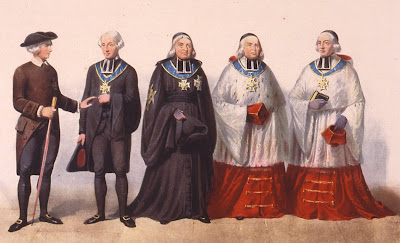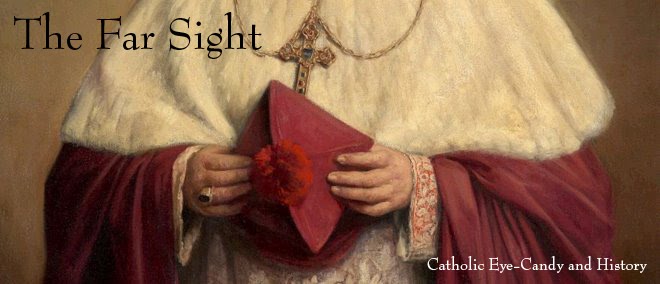Until the Reformation there followed the usual ups and downs both regarding spiritual and worldly matters. The Reformation left behind a largely Protestant Strasbourg, in which the mass was abolished between 1529 and 1531. In the "War of the bishops" Charles of Lorraine and followers whooped some Lutheran butt against the Protestant anti-bishop John George of Brandenburg and his followers. The city became Catholic again, though only after great damage was done. Even greater damage followed in the 30-years-war, when 75% of the population either died or fled from the city.
In the baroque age the city of Strasbourg and the part of the diocese on the left-bank side of the Rhine were annexed by France, but the bishops still held administrative rights over the whole diocese. Before the revolution the family of the Princes de Rohan gilded the autumn of the church of the ancien regime for almost the complete 18th century with their buildings and their style of living, which indeed more often than not resembled that of a prince of the world instead that of a prince of the Church. Between 1801 and 1803 the territories of the diocese were successively annexed by France and Baden. The borders of the diocese had to be redrawn again after the German-French war in 1871, but with the treaty of Versailles in 1918 Strasbourg was returned to France. In 1988 Strasbourg was raised to an archdiocese.
Now here's the visual treat you've been waiting for: An illustration of the dresses of the Strasbourg cathedral canons in the 18th century.

From left to right: A domiciliar in home attire. A domiciliar in street attire. A canon of the chapter in street attire. Choir dress of the doyen and the provost of the chapter. Choir dress of a canon. The last two only have a tiniy difference: The tails of ermine on the fur mozzetta.


No comments:
Post a Comment